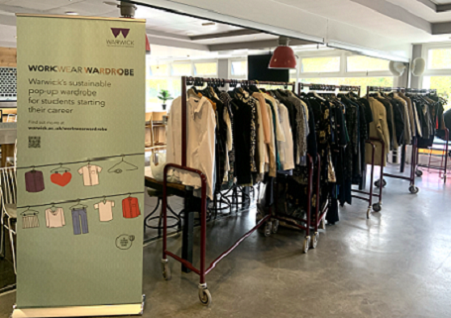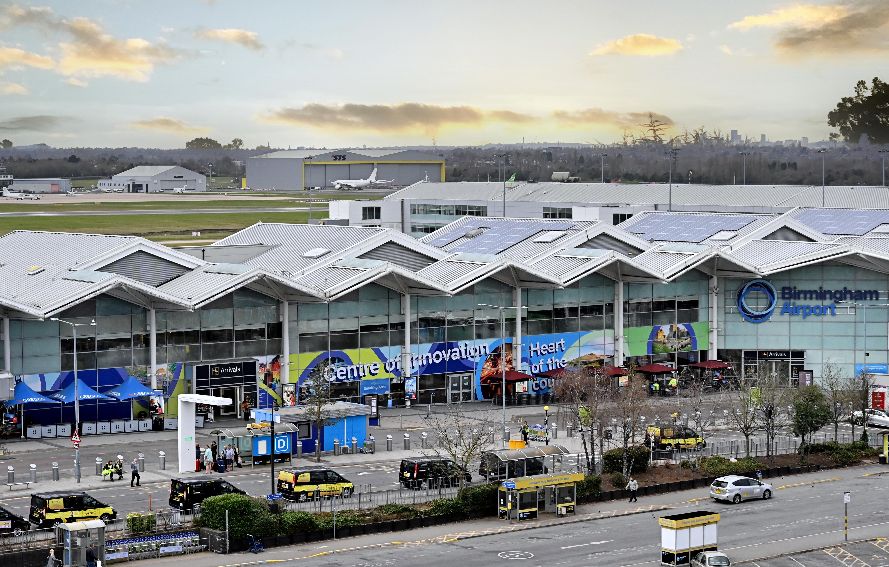New figures released today show pay growth in the UK experienced a big jump in the three months to August.
According to the latest figures from the Office of National Statistics (ONS), national average weekly earnings rose by 3.1 per cent in the three months compared to last year.
The construction sector enjoyed the largest pay boost, with real wages increasing 4.6 per cent between June and August.
However, the ONS figures also showed stagnant unemployment and inactivity rate figures in the West Midlands. Unemployment in the region declined by just 0.1 per cent since last quarter and inactivity rose by 0.1 per cent.
The region recorded the second highest unemployment rate, 4.7 per cent, closely following London’s 4.8 per cent unemployment.
Business leaders said that ‘flat’ employment figures may indicate a plateau in the region’s development.
Paul Faulkner (pictured), chief executive at the Greater Birmingham Chambers of Commerce, said: “Over the past six months we’ve seen really positive improvements in the employment rate of the West Midlands.
“However, the region still has a higher than average unemployment rate and this month’s ‘flat’ statistics could be a sign of stagnating progress.
“With major investments and job creating opportunities coming our way, like HS2 and the 2022 Commonwealth Games, we must build on the recent momentum seen in enabling local residents to access employment opportunities.
“The rise in pay growth announced today, the highest since October to December 2008, will be welcome news to those in employment.
“However, it is also a sign of the tightening labour market as employment rates remain strong.
“In our last Quarterly Business Report (Q2 2018) 21 per cent of businesses reported pressure to increase prices arising from pay settlements and 57 per cent of firms who had attempted to recruit had experienced recruitment difficulties.
“We will be launching our Q3 Quarterly Business Report at an event later this month and look forward to sharing the latest findings, including whether there has been any continuation of these trends, with the local business community.”

















